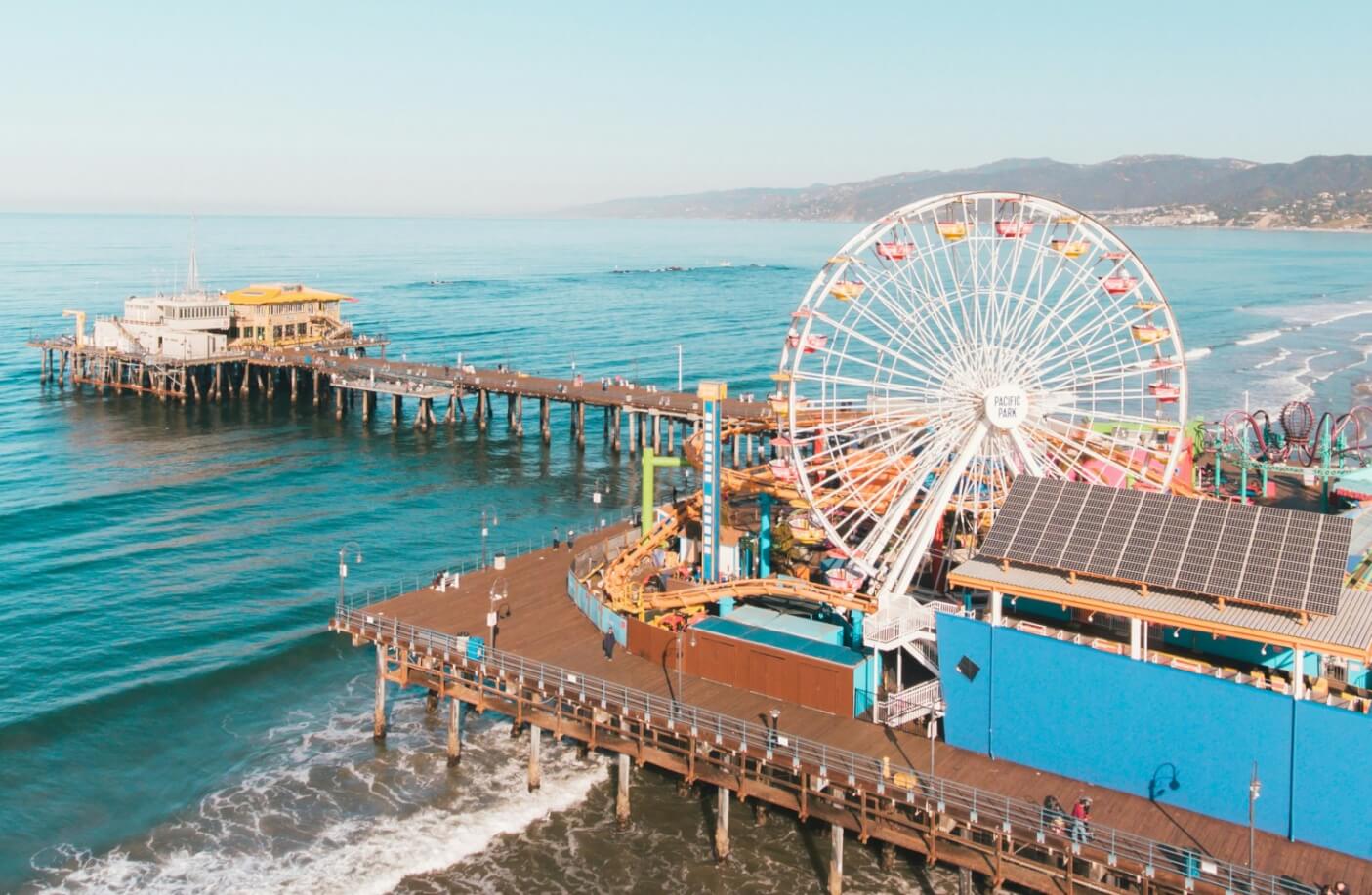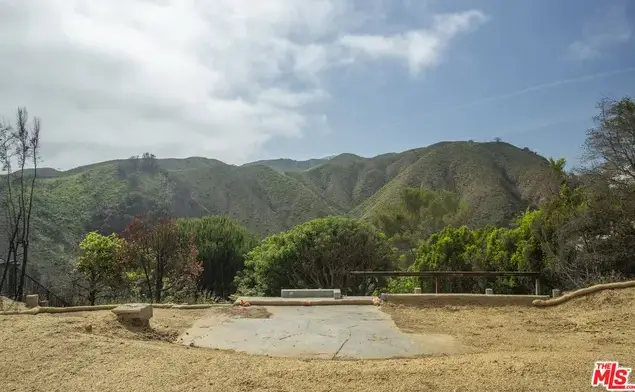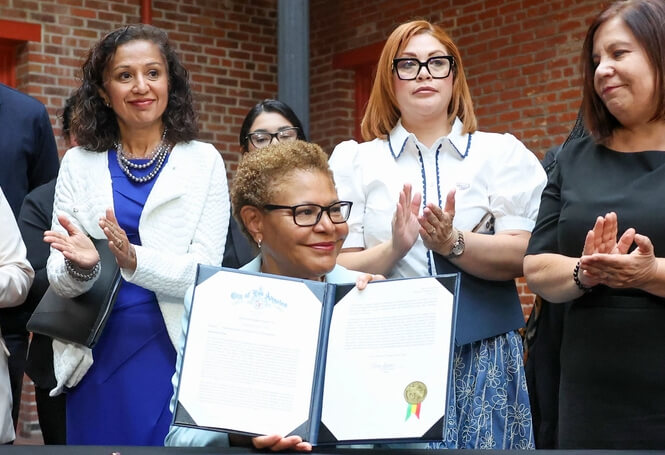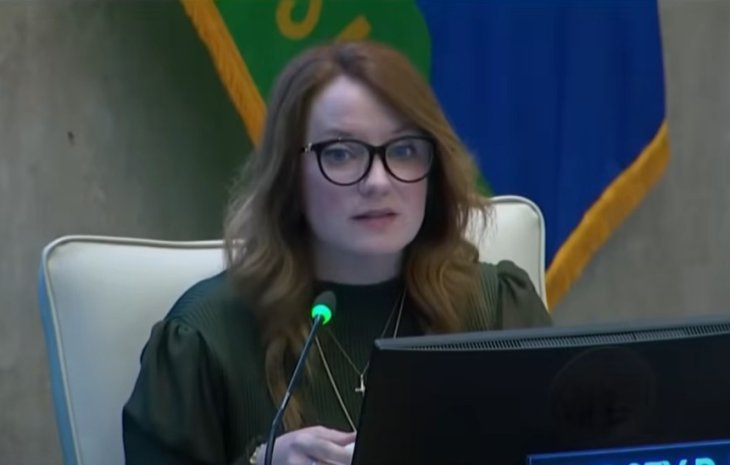After Reviewing the Agreement and a Fiscal Impact Study, Council Members Remained Confused Over the Potential Economic Benefits and How the City Would Be Reimbursed
Confronted with unanswered questions and a shroud of fiscal uncertainty, the Santa Monica City Council has directed staff to renegotiate its agreement with LA28 organizers for hosting beach volleyball.
During its Oct. 8 meeting, the council convened on a study session before deciding whether to sign a games agreement that outlines Santa Monica’s responsibilities for municipal services and venue logistics, among other duties, if a temporary 12,000-seat beach volleyball stadium next to the iconic Pier were to be built. Under current plans, the venue would be constructed in April of 2028 and torn down in August, with the games occurring in late July.
After reviewing the agreement and a fiscal impact study, council members remained confused over the potential economic benefits and how the city would be reimbursed for costs associated with hosting the event.
The agreement raised several concerns: no community benefits were detailed; businesses on the Pier could be closed for weeks depending on security needs; and although the state of California and the City of Los Angeles pledged $270 million for reimbursements should LA28 exhaust its funds, Santa Monica will compete with several host cities (Pasadena, Long Beach, and others) for that cash; while there’s no assurance that enough money will cover all shortfalls.
The case for Olympic volleyball to come to Santa Monica became even harder after hearing the fiscal impact study, which contended the City would actually save millions if it opted out completely.
The study, which assessed both scenarios in which Santa Monica does or doesn’t host Olympic volleyball, indicated the city would accrue economic benefits either way. Its hotels would still be booked. Its restaurants would still be filled. And it would still get hundreds of thousands of more visitors than usual during the Olympic period (although by hosting the sport, it could get 400,000 more, than not).
Whereas the City could lose approximately $1.5 million for building the stadium and hosting the sport, according to the impact study, it would gain around $10.6 million for simply being a hot tourist destination within the hosting city.
Now, compared with what was offered on Tuesday evening, the City is seeking a new agreement that includes “tangible community benefits, added community outreach from LA28, and provides greater clarity and assurances about financial and other impacts to residents and businesses, particularly on and around the Santa Monica Pier.” said a City spokesperson in an email.
“If you take out the fact that this is the Olympics … the sheer agreement, the financial impact, the negligence in being able to answer any questions that impact the entire city, impact our public safety, or our clean beaches. These are all things not only impact from a financial standpoint, but from a community standpoint.” said Santa Monica Vice Mayor Lana Negrete. “It seems like any other deal like this would be considered atypical.”
Mayor Phil Brock, like most of the council, echoed a similar sentiment to Negrete’s.
“This contract has been troubling for the last year and a half. The fact that you sign something and you have no idea what you’re signing, how much you’ll be reimbursed, or how much this will cost,” said Brock. “If someone asked you to do this on the street, you’d walk away and laugh at them.”
Brock, who has fond memories of attending the 1984 Summer Olympics, said the Olympic committee has remained vague on the question of what the community benefit would be for the City.
“I want to host it for our communal heart. For the legacy of our city and grandchildren who can say that we hosted an Olympic event.” said Brock. “But we are a city that I could characterize as the once-rich city of Santa Monica, which will be the rich city again sometime, but right now we’re not. So the question is how do we front money for the Olympics games when we don’t have it right now.”
“I’m really disappointed that they’re asking us to not negotiate a contract, not give us terms that give us any type of normal reimbursement, not give any certainty, and just say we have to accept whatever they want because we have the privilege of hosting the Olympics.” he continued. “I’m not sure our city can front a million, ten million, 15 million, years in advance, and then wait maybe another six months for a year to experience reimbursements that we’ll desperately need. We must be prudent.”
For Olympic beach volleyball to take place on the shores of Santa Monica would be fitting for the beachside town, where the sport first emerged on its sands during the 1940s.
A variation of sand volleyball first occurred on Santa Monica beaches, with the first beach volleyball tournament taking place in 1947 and the first circuit launched in the 1950s, involving hundreds of players on California beaches, according to the Paris 2024 Olympic website.
The sport made its 1996 Olympic debut at the Atlanta Games. The U.S. and Brazil have stood out as strong Olympic contenders in the sport, with a shared 24 medals (10 golds) from a potential of just 42. In the 2020 Tokyo games, gold medalist volleyball players were U.S. player Alexandra Klineman for women’s and Anders Berntsen Mol of Norway for men’s.


























